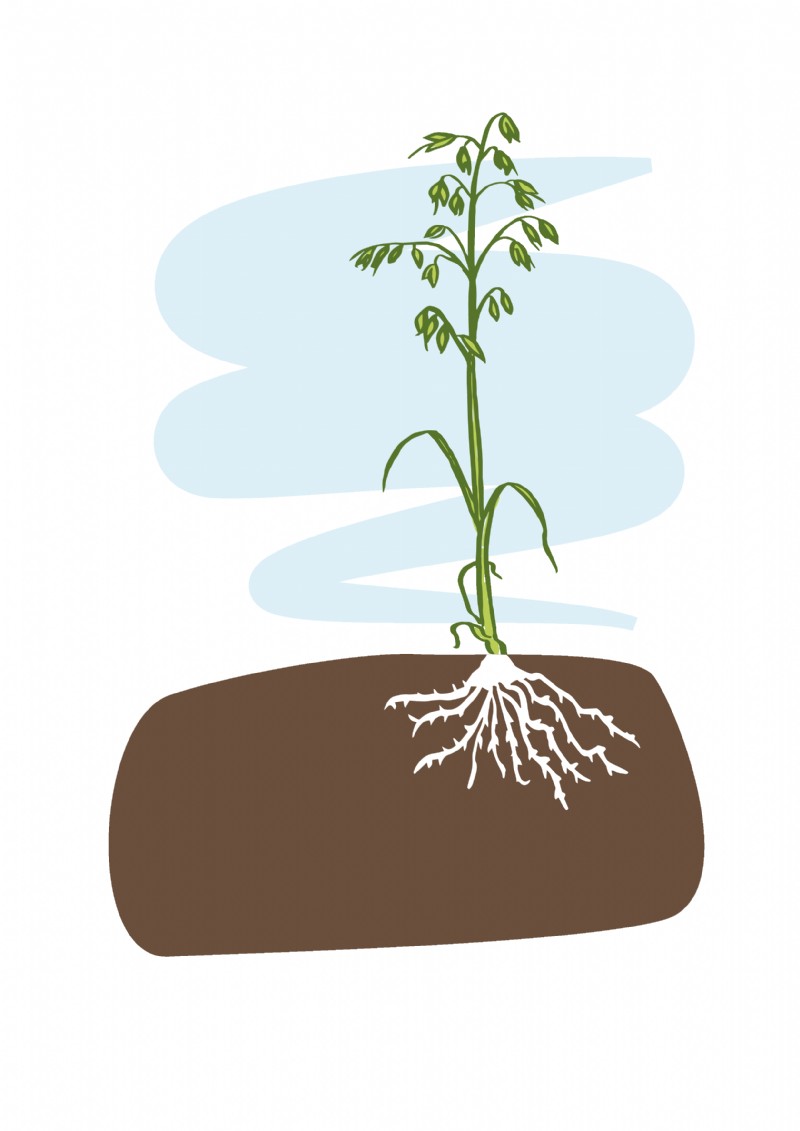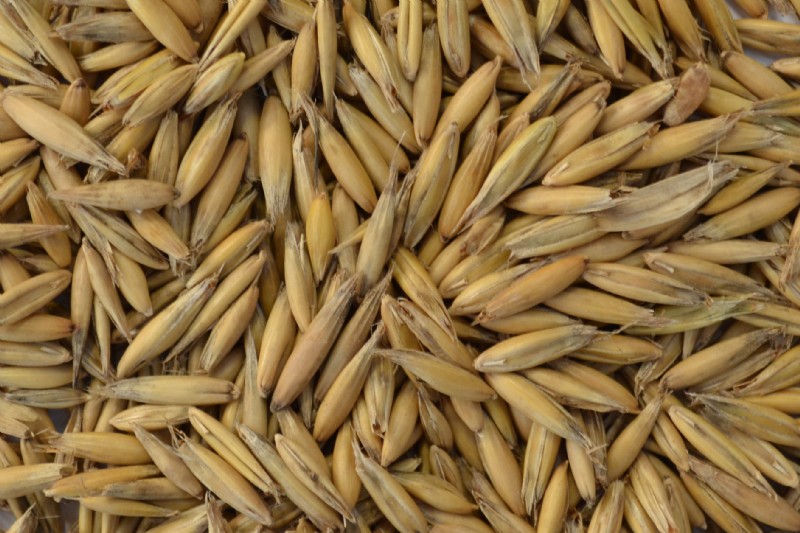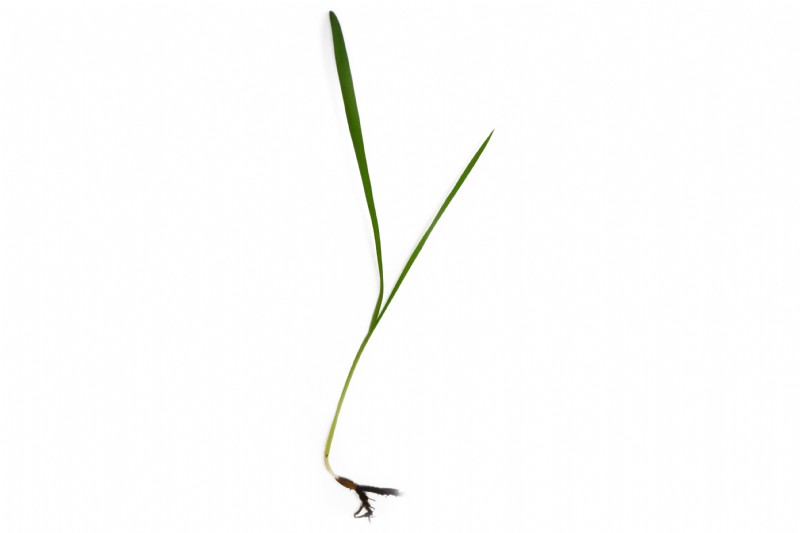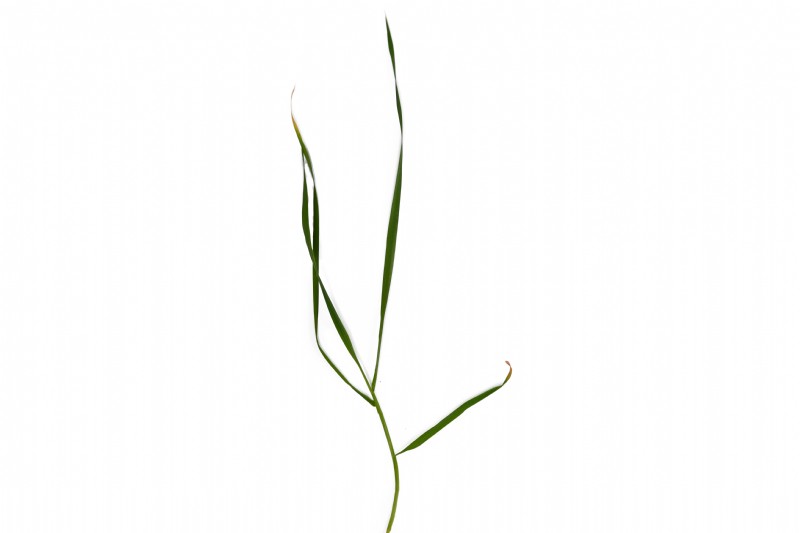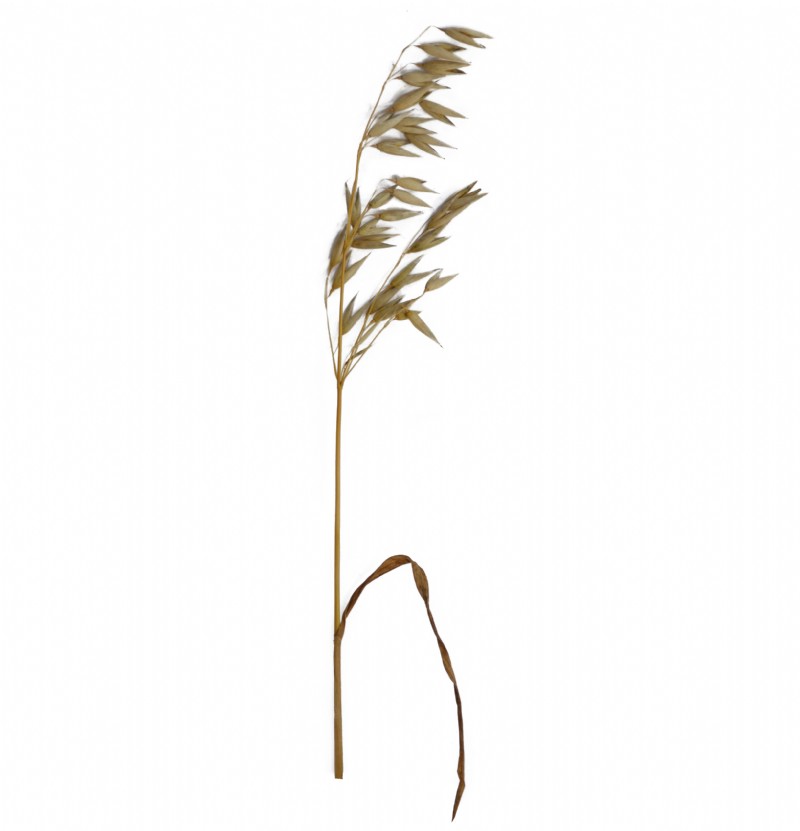Oats
A popular cereal crop and member of the grass family. Oats are often known as common oats, which can be used for human consumption, and livestock feed. Oats may also be used as a component of a winter bird food mixture and as a soil improving crop, usually combined with other species.
Uses
They can be grown for human consumption, livestock feed and as soil improving plants. They may also form part of a wild bird food mixture.
Persistence
An annual species.
Strengths
The plant produces many tillers, giving it the chance to smother out weeds. It will also grow on less fertile soils and produces good early ground cover when planted in the autumn.
Frost Tolerance
Spring and autumn varieties are available.
Sowing Rate Advice
50-70kg per acre / 125kg-175 per ha.
The above rate is for a pure stand.
Mixture Sowing Rate Advice
20 - 40 kg per acre / 50 - 100 kg per ha.
Often mixed with vetch as a cover crop.
Ideal Sowing Time
Oats can be sown from early spring until autumn, spring oats will not normally survive the winter.
Management
Oats can be flailed or grazed and incorporated before the next crop. As some plants break down after incorporation, The root exudates can inhibit the germination of other nearby species This is known as allelopathy. While this can be a useful situation with regards to inhibiting weed seedlings, it may reduce the germination of the following crop, especially if it is a small seeded crop. To reduce this effect a period of 6 weeks should be left before sowing the next crop.
Distinguishing characteristics
Seed
The seed has a thin and narrow shape. It is yellow to golden colour, with a smooth texture. It is one of the larger cereal seeds, varying from 8 - 10mm in length.
Seedling
The oats seedling produces a rapidly growing coleoptile and its true leaf, the true leaf has a rounded, blunt tip and an anti-clockwise twist to the leaf. Oats are the only cereal with the anti clockwise turn.
Flowering Plant
The oat plant can be waxy and blueish in colour.
The leaves are upright, notably with no auricles, but a prominent ligule.
The leaf blades twist anti-clockwise, not clockwise like other cereal species.
It has an open loose, panicle, the lower branches droop with pendulous spikelets.
Additional Info
Average seeds per kg - 55 000.
Works well with
Oats can be combined with vetch, as a soil improving cover crop. It can also be combined with peas and other cereals as a whole crop animal feed.

